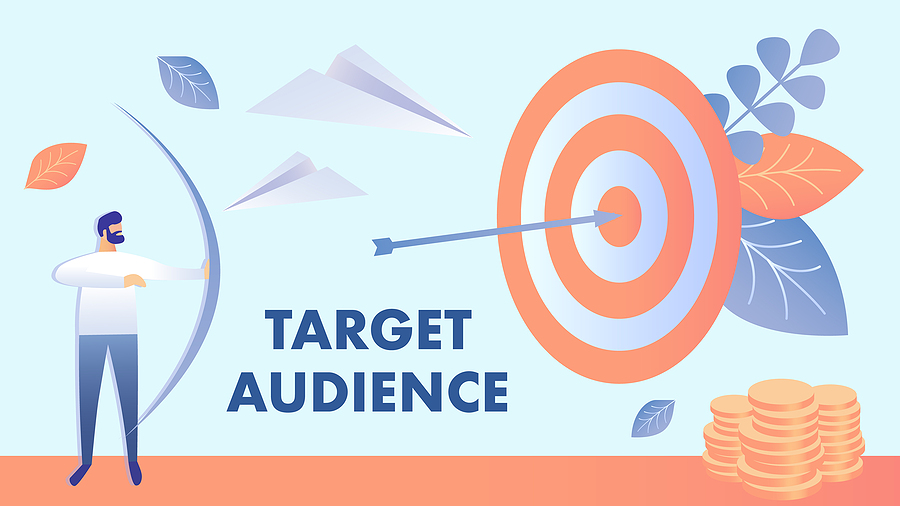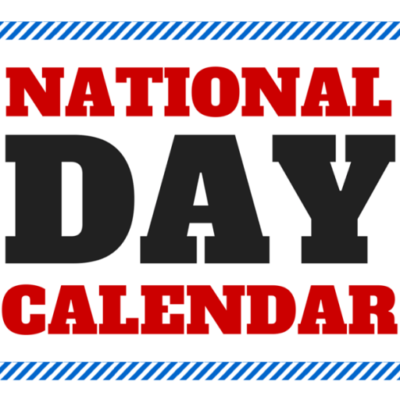In early 2018, a corporate consulting firm, Grant Thornton, did a detailed analysis of Fortune 500 company websites, press releases, and social media. What they found was not surprising, but still proved how the use of business jargon (commonly used phrases) pervades the corporate world.
What was the most commonly used phrase by Fortune 500 companies?
“Best in class”
Rounding out the top ten most used phrases:
“Value Add”
“Game Changer”
“Action Plan”
“On the Same Page”
“Game Plan”
“Thought Leadership”
“Brainstorm”
“Price Point”
“Organic Growth”
I’ve made a personal decision to avoid using these phrases. Ever. It’s my action plan to be a game changer and add value.
Every writer–and for that matter, every human who speaks or writes–carries with them a bag full of go-to words and phrases. If they are not careful, these will dominate their communication, creating the impression of, at best, a careless approach to communicating or, worse, a lack of imagination.
Writing with jargon is creative “low-hanging fruit” (which is #22 on the jargon list).
I believe this concept is especially problematic for writers of Christian material. The danger of using corporate and even what might be termed “Christian” jargon is creating a “blah blah blah” section in what is written. Jargon is the black hole of creative thought.
This is not the overuse of certain words, which is always a problem. I’ve read manuscripts where it becomes painfully obvious a writer fell in love with certain words and wanted to incorporate them as many times as possible.
Jargon is a safe haven for writers, giving the impression of great insight, which may or may not be the case. Christian jargon is just as dangerous for writers.
Not long ago, I reviewed a manuscript from an excellent communicator; my first impression was, “Who wrote this?” It certainly wasn’t the person in the byline, because it didn’t sound like them at all. No personality or the distinctive style for which they were known.
It was a reminder how often Christian communicators can unintentionally drive into the ditch of writing to someone else’s expectations. Christians, if not careful, can write in jargon that is decipherable only by a relative few.
I had the privilege of knowing Ken Taylor in my years at Tyndale House Publishers, up until his death in 2005. He started the company because he wanted his kids to be able to understand the Bible, and he paraphrased the Bible into what became The Living Bible, selling millions of copies and launching a company that will celebrate its 60th birthday in 2022.
Ken Taylor looked at the jargon entrenched in the English-language Bible translations of the day and simply used words that could be understood.
Those involved in Bible translation run into this problem all the time. Some languages have no direct translation for many of the concepts found in the original Hebrew and Greek biblical texts. They solve the problem with different words that make those concepts clearer to the reader in their language. Maybe Christian writers should use the same approach when they write.
I don’t want to tell anyone how to write, only to encourage everyone to labor over what you write, making certain it communicates well and doesn’t include overused phrases. Seek to make what you write more “customer centric” (which is #12 on the jargon list).











